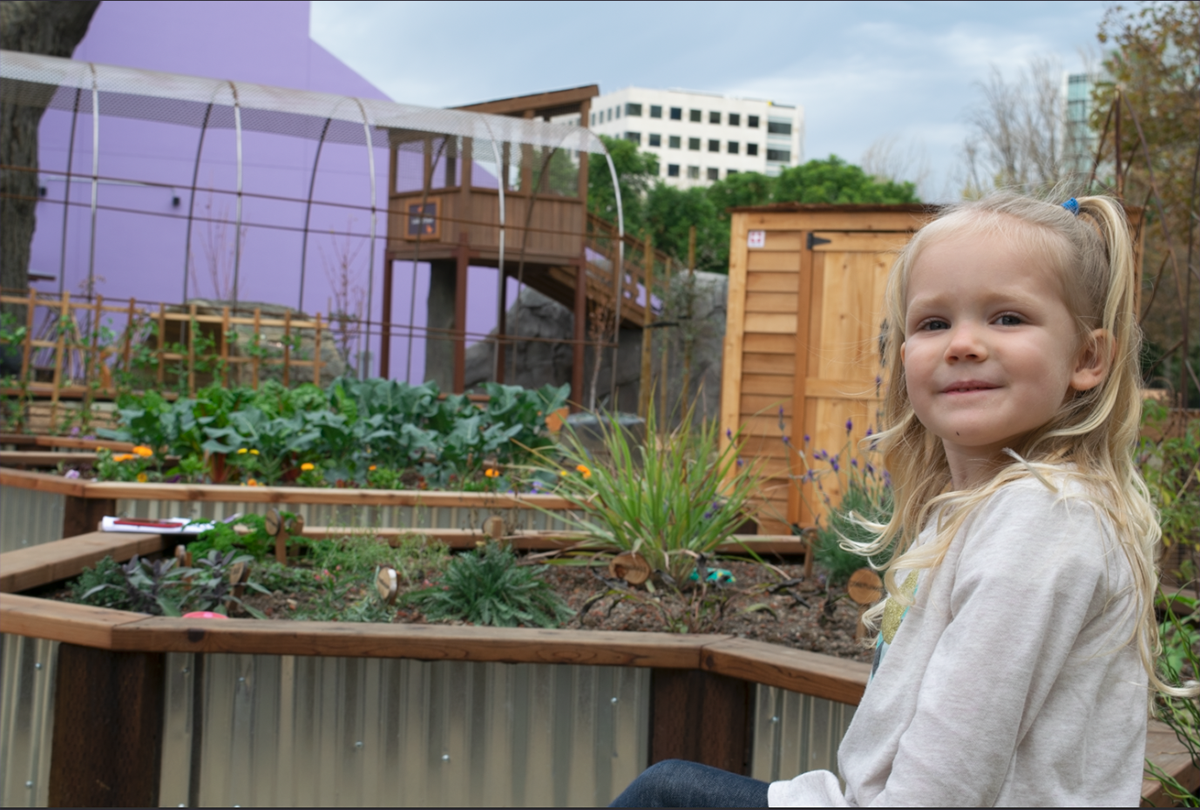By: Cecilia Clark
Young children don’t comprehend the concept of time the way adults do. They lack ways of measuring the passage of time. That’s why transitions, big or small, can be difficult for youngsters to grasp. And the change of seasons like summer to fall is a fairly large concept to understand.
Here’s three things you can do to help your little one not only slide into fall and winter, but help them make sense of the changes.
Introduce the concept of “change” and “same and different”
Share with your child that change is happening around us every day. Help them notice that in the fall the temperatures get cooler, leaves drop onto the ground and change colors, and the sky gets dark earlier. By having conversations and pointing out these changes, you’ll help them start to associate these differences with the new season.
Introducing the concept of “same and different” can also help and is fairly easy in the fall. Simple things in your neighborhood can be pointed out like some trees stay the same green color and others change colors and lose their leaves and look different. It still gets dark at night, just earlier in the day – same yet different.

Celebrate the end of summer (or any season)
Letting go of summer fun can be tough. It can be difficult to say goodbye to trips to the beach, camping, and staying up past one’s bedtime. But finding ways to celebrate summer and give it a smash-up send off can help your little one look forward to fall and new activities.
Create a scrapbook of summer pics to document family fun. Or if that seems too ambitious, plan a special meal that celebrates summer and during dinner reminisce the best memories together. This helps everyone relive the good times and laugh together about the many summer adventures. Then for dessert introduce fall flavors of pumpkin and spice to welcome the new season.
Another fun project that’s easy to do with a walk in the neighborhood, is to collect as many different types of leaves as possible and make a collage out of them. This celebrates a new season by honing your child’s observation skills and supporting their creativity.

Prepare for and talk about transitions
Children thrive on routine and structure. Simple things can make a difference like laying out the different types of clothes your child will start wearing as the days get cooler and explaining why you’ll be putting the shorts away until next summer and bringing out long pants, or that storytime will feel like it’s later in the day because it’s starting to get dark sooner. Conversations and visual clues can help bring your little one along into fall and winter.
Transitions are a part of life – yet can be difficult for children, especially toddlers and preschoolers. Learning to navigate smaller transitions will give your child a basic understanding of change in a positive light that will help them prepare for bigger transitions down the line – like a move, a new sibling, or going to school.

